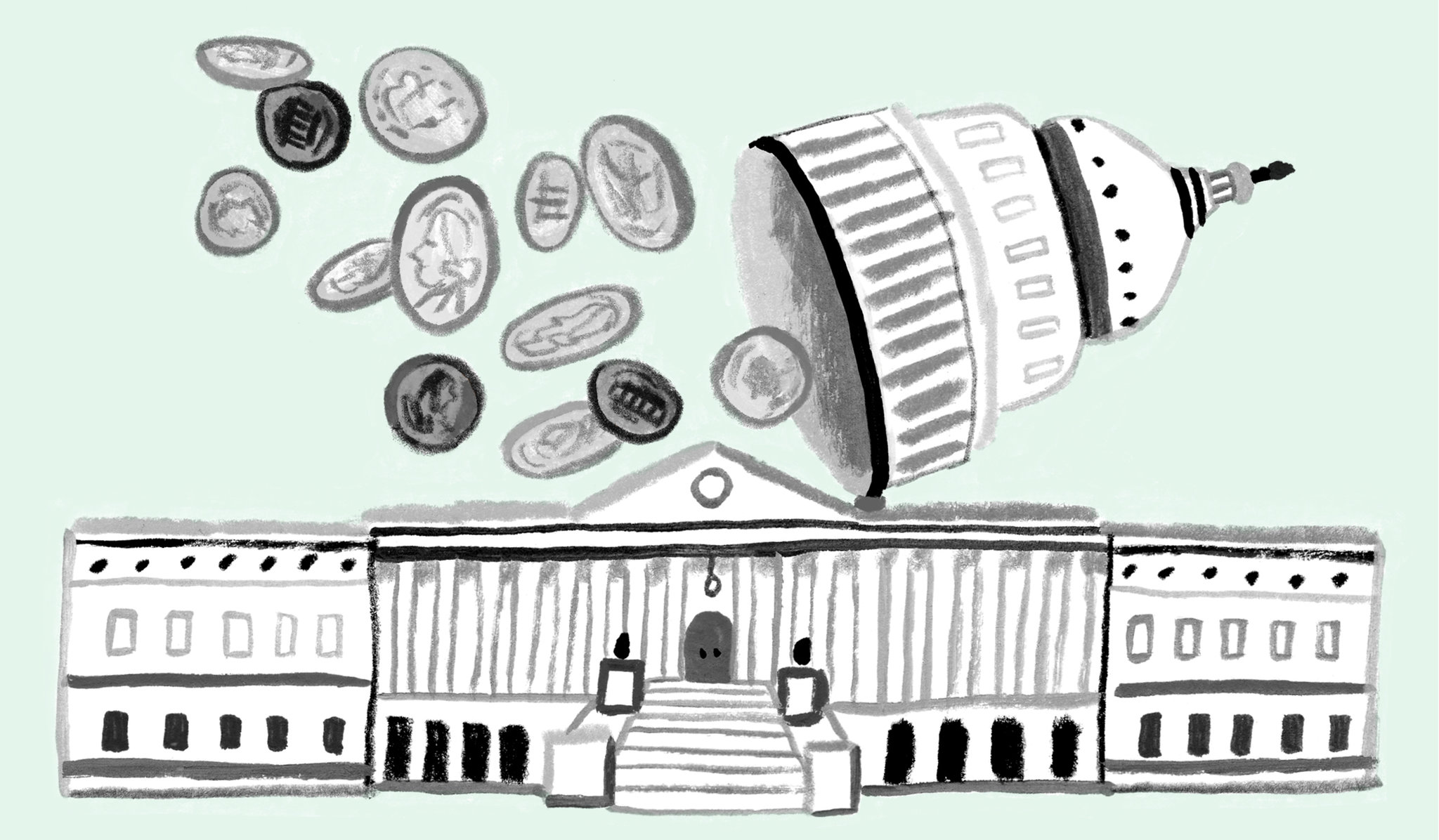
Congress at long last has taken action to offset the dismal retirement outlook for Americans, passing the SECURE Act with bipartisan support.
There is a lot going on in the legislation (1,773 pages!), such as making it far easier for more Americans to qualify to use 401(k) plans by expanding cost-effective plans to small employers.
For retirement investors, however, the new law brings with it four key changes, two of them good, and two of them not so good.
More time to grow your money
First, the good news: If you have money in a 401(k) or IRA, the starting age for required minimum distributions (RMDs) from those accounts has been pushed back to 72, from 70½.
That’s good news because many retirees are surprised to learn that they must pay taxes on those withdrawals. Often, they have already begun to take Social Security, which also is taxable income. Some even have work income on top of all that.
The extra time before RMDs begin means those nearing retirement have a bit more breathing room for planning how to minimize taxes in retirement, as well as two more years of compounding growth. If you turned 70½ in 2019 or earlier, this change does not affect you.
The extension was granted because of our increasing longevity. Washington recognized that living longer means we need more money to make ends meet for more years. The change amounts to a blanket tax break for anyone who has saved diligently over decades.
More time to save tax-deferred
The other big change is an extension on how late you can contribute to an IRA. Previously, once the RMD age hit at 70½ a worker would no longer be eligible to contribute.
Under the SECURE Act, that age limitation goes away. Anyone who continues to work can save into an IRA and make their eventual retirement more secure while lowering their current income tax bill today.
So what’s the bad news?
In a decision sure to cause a million financial planners to work overtime, a longtime provision regarding inherited IRAs has ended. In addition, a change to 401(k) plans introduces a potential new risk.
The end of “stretch” IRAs
Before, anyone who inherited an IRA had to take out RMDs. Many planners saw that as a golden opportunity to advise their clients to leave those plans to young children or grandchildren.
RMDs are calculated in a way that’s meant to greatly diminish the balance in the final years of its owner’s life. However, if a child inherits an IRA, that RMD calculation is instead based on decades of life to come. That means much smaller distributions, allowing the fund to potentially grow and compound faster than it shrinks from required withdrawals.
Under the SECURE Act, inherited IRAs must be withdrawn over a 10-year period. There are exceptions for spouses, minor children, disabled and chronically ill individuals and anyone less than 10 years younger than the decedent.
Minors begin the 10-year countdown at age 18. Currently existing inherited accounts escape this rule change.
Annuities, and their fees, are allowed
The other “bad” news is that you are likely to soon begin hearing about annuities in your 401(k) plan at work. Plainly put, this is a step backward for retirement planning.
The reason is high fees. Annuities are insurance products and, as such, they often are sold through high-pressure sales tactics. Their costs can be obscured and many people who own them later regret the purchase.
Workplace 401(k) plans will not be required to offer annuities but it seems likely that these products will appear in many plans in short order. There are a multitude of ways to earn income in retirement while paying very low fees. Lower costs always means more money in your pocket when it comes to investing.
While the impact of these changes will not be immediate for most investors, it’s important to make investment decisions in the context of your overall financial picture. Periodic conversations with a qualified financial planner is the best way to reach your long-term investment goals.




